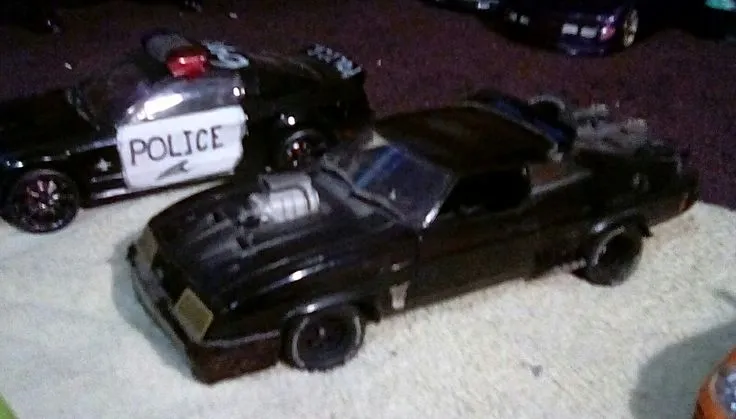The Allure of Diecast Cars
Diecast cars have captivated enthusiasts for generations, representing a blend of nostalgia, craftsmanship, and the thrill of collecting. More than just toys, these miniature vehicles are meticulously crafted replicas of real-life automobiles, trucks, and even aircraft. The appeal lies in their detail, the history they represent, and the community that has grown around them. Collectors are drawn to the intricate designs, the historical significance of certain models, and the challenge of completing a collection. Diecast cars offer a tangible connection to the automotive world, allowing enthusiasts to own and admire miniature versions of iconic vehicles, creating a passion that transcends age and background. The love of diecast cars also extends to their investment potential, as certain rare models appreciate in value over time, making them not only enjoyable collectibles but also potentially valuable assets.
What are Diecast Cars
Diecast cars are miniature vehicles made using a die-casting process. This involves injecting molten metal, typically zinc alloy, into molds to create highly detailed models. This process allows for the creation of complex shapes and fine details that would be difficult or impossible to achieve with other manufacturing methods. The level of detail can vary greatly, from basic toy-like models to incredibly realistic replicas with opening doors, detailed interiors, and accurate paint jobs. Diecast cars come in a wide range of scales, with the most popular being 1:18, 1:24, and 1:64, each scale offering a different level of detail and size. They represent a broad spectrum of vehicles, including classic cars, modern supercars, race cars, trucks, and even construction equipment, ensuring there’s a model to suit every interest.
Materials Used in Diecast Cars
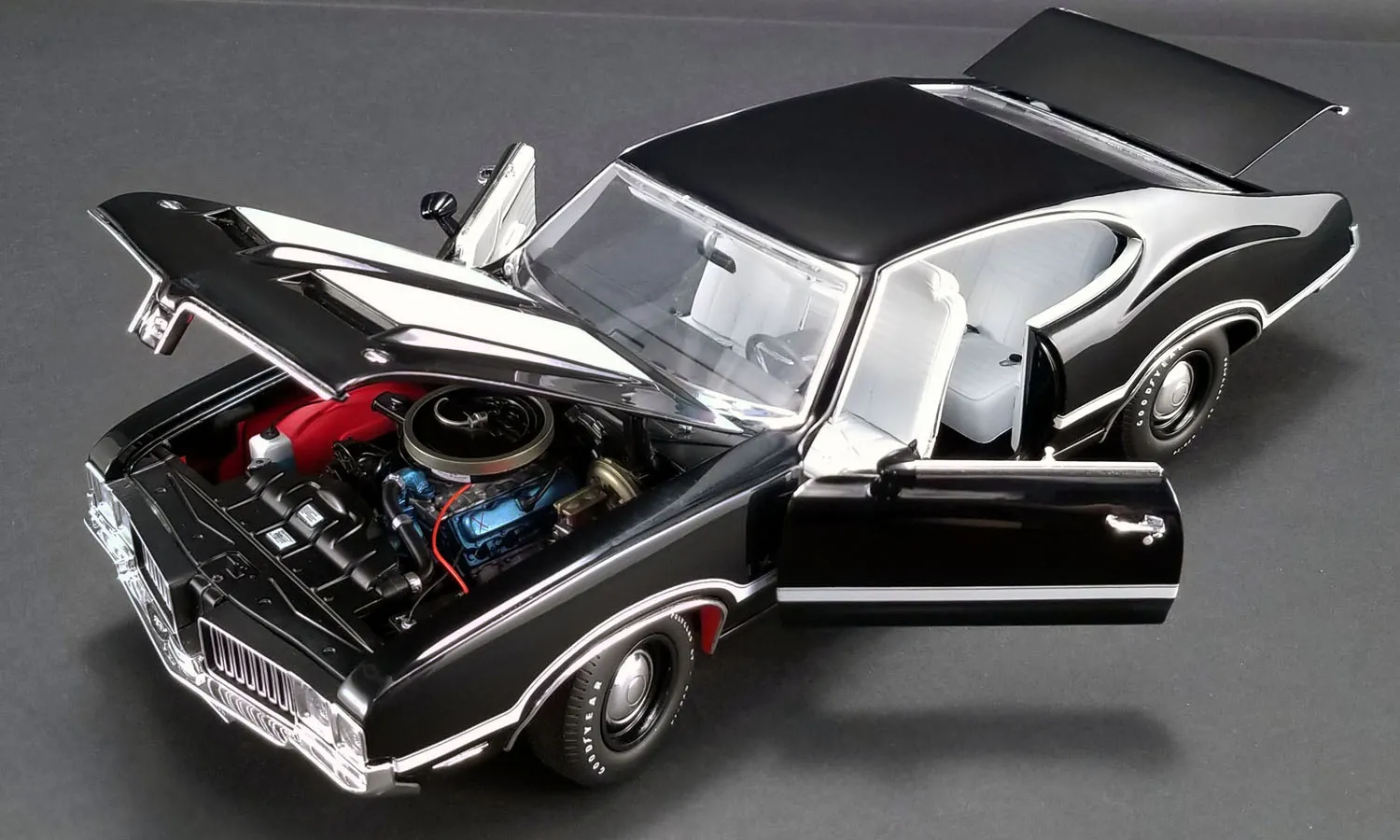
The primary material used in diecast car production is a zinc alloy, often referred to as Zamak, composed of zinc, aluminum, magnesium, and copper. This alloy is chosen for its ability to be cast into intricate shapes with high precision, its durability, and its ability to accept paint and other finishes. Other materials are also used to create various parts of the car. Wheels are frequently made of plastic or rubber, tires are usually rubber, and windows are made of transparent plastic. Interior components, such as seats, dashboards, and steering wheels, are typically made of plastic, and sometimes, more expensive models feature metal or other premium materials for added realism and quality. The combination of these materials contributes to the overall look, feel, and quality of the diecast car, allowing for a balance of durability, detail, and aesthetic appeal.
The History of Diecast Cars
The history of diecast cars can be traced back to the early 20th century, with the first models appearing around the 1900s. These early diecast toys were primarily made of lead and were often crude in their design. The advent of World War II significantly impacted the diecast toy industry due to the need for metal for the war effort, which led to a temporary decline in production. After the war, diecast toys experienced a resurgence, with manufacturers like Dinky Toys and Corgi Toys emerging as leaders in the market, producing highly detailed and increasingly sophisticated models. The post-war era saw innovations in die-casting technology, allowing for greater detail and more realistic designs. These advancements, combined with the growing popularity of automobiles, fueled the growth of the diecast car market.
Early Diecast Models
The earliest diecast models, dating back to the early 1900s, were simple toys primarily intended for children. These models were often made from lead and were relatively crude compared to the intricate designs we see today. Manufacturers like Dowst Manufacturing, with their TootsieToy line, were among the pioneers. These early models often depicted common vehicles of the era, such as trucks, buses, and early automobiles. They were designed to be durable and withstand rough play, with less focus on realism and detail. The production methods were basic, and the paint jobs were often simple and applied by hand. Despite their simplicity, these early models laid the foundation for the diecast industry and are now highly sought-after collectibles, representing a tangible link to the history of toy manufacturing and early automotive designs.
The Golden Age of Diecast Cars
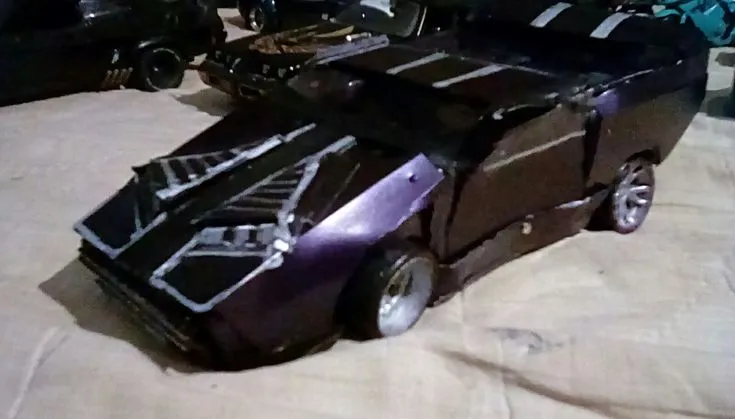
The Golden Age of diecast cars is generally considered to be the period from the 1950s to the 1970s, a time of unprecedented innovation and popularity for these miniature vehicles. During this era, manufacturers like Dinky Toys, Corgi Toys, and Matchbox rose to prominence, producing highly detailed and innovative models. This period saw the introduction of features like opening doors, working suspension, and detailed interiors, significantly enhancing the realism of the models. The designs of these cars reflected the evolving automotive landscape, with manufacturers producing miniature versions of the latest cars, trucks, and other vehicles. The Golden Age also saw the expansion of the market, with diecast cars becoming popular toys for children and collectibles for adults. This era established many of the standards and features that are still used in diecast car production today.
Types of Diecast Cars
Diecast cars come in a wide variety of types, catering to diverse interests and preferences among collectors. They range from classic cars and modern supercars to race cars, trucks, buses, and even military vehicles. The scale of the models is also a crucial differentiating factor, with popular scales like 1:18, 1:24, and 1:64 determining the size and level of detail. Different manufacturers specialize in particular types of vehicles, further diversifying the market. Some collectors focus on a specific brand, such as Ferrari or Porsche, while others collect models from a particular era or genre, such as classic American muscle cars or Formula 1 race cars. The variety of diecast car types ensures that there is something for every collector.
Scale Models
Scale models are the cornerstone of diecast car collecting, with the scale determining the size and level of detail of the miniature vehicle. The most popular scales include 1:18, 1:24, 1:43, and 1:64, each offering a different size and level of detail. Larger scales, such as 1:18, allow for greater detail and more intricate features, such as opening doors, detailed engines, and realistic interiors. Smaller scales, such as 1:64, are more compact and often more affordable, making them popular for mass-market collectors. The scale influences not only the size but also the level of detail that can be achieved, with larger scales offering more opportunities for realistic features. When choosing which scale to collect, collectors often consider factors such as available space, budget, and the desired level of detail.
Manufacturers of Diecast Cars

Numerous manufacturers have contributed to the rich and diverse world of diecast cars, each bringing their unique expertise and approach to the craft. Some of the most renowned brands include Hot Wheels, Matchbox, Maisto, Bburago, and Autoart. Hot Wheels and Matchbox are particularly popular, known for their mass-market appeal and extensive range of models. Maisto and Bburago offer a balance of affordability and detail, while Autoart is known for its high-end, highly detailed models. Other notable manufacturers include Minichamps, known for their detailed racing cars, and CMC, recognized for their premium quality and historical accuracy. The variety of manufacturers ensures a diverse range of options for collectors, each with their own specialties and target audiences, from budget-friendly toys to museum-quality replicas.
Collecting Diecast Cars
Collecting diecast cars is a rewarding hobby enjoyed by enthusiasts worldwide. The process of collecting often involves acquiring models from various sources, including specialty stores, online marketplaces, and toy shows. Collectors often focus on specific themes, such as particular car brands, model years, or types of vehicles, to create a cohesive collection. The value of a diecast car can be influenced by factors like its rarity, condition, and the manufacturer. Collectors frequently display their cars in dedicated display cases or shelves, taking pride in showcasing their collections. The community aspect of collecting is also important, with collectors often connecting with each other through clubs, online forums, and social media to share information, trade models, and celebrate their shared passion.
Tips for New Collectors
For those new to diecast car collecting, starting with a clear focus is essential. Determine what types of cars or brands you are most interested in collecting. This will help you narrow your search and avoid becoming overwhelmed by the vast number of available models. Set a budget and stick to it. Diecast cars can range in price from a few dollars to several hundred, so it is important to manage your spending wisely. Learn about the different scales and manufacturers to understand the quality and detail levels. Start by purchasing cars in good condition, as this significantly impacts their value. Research prices before buying to avoid overpaying and explore various sources, including local shops, online auctions, and collector events. Join online forums and clubs to connect with experienced collectors, learn from their experiences, and discover valuable insights into the hobby. Most importantly, enjoy the process, and focus on building a collection that brings you joy.
How to Value Diecast Cars
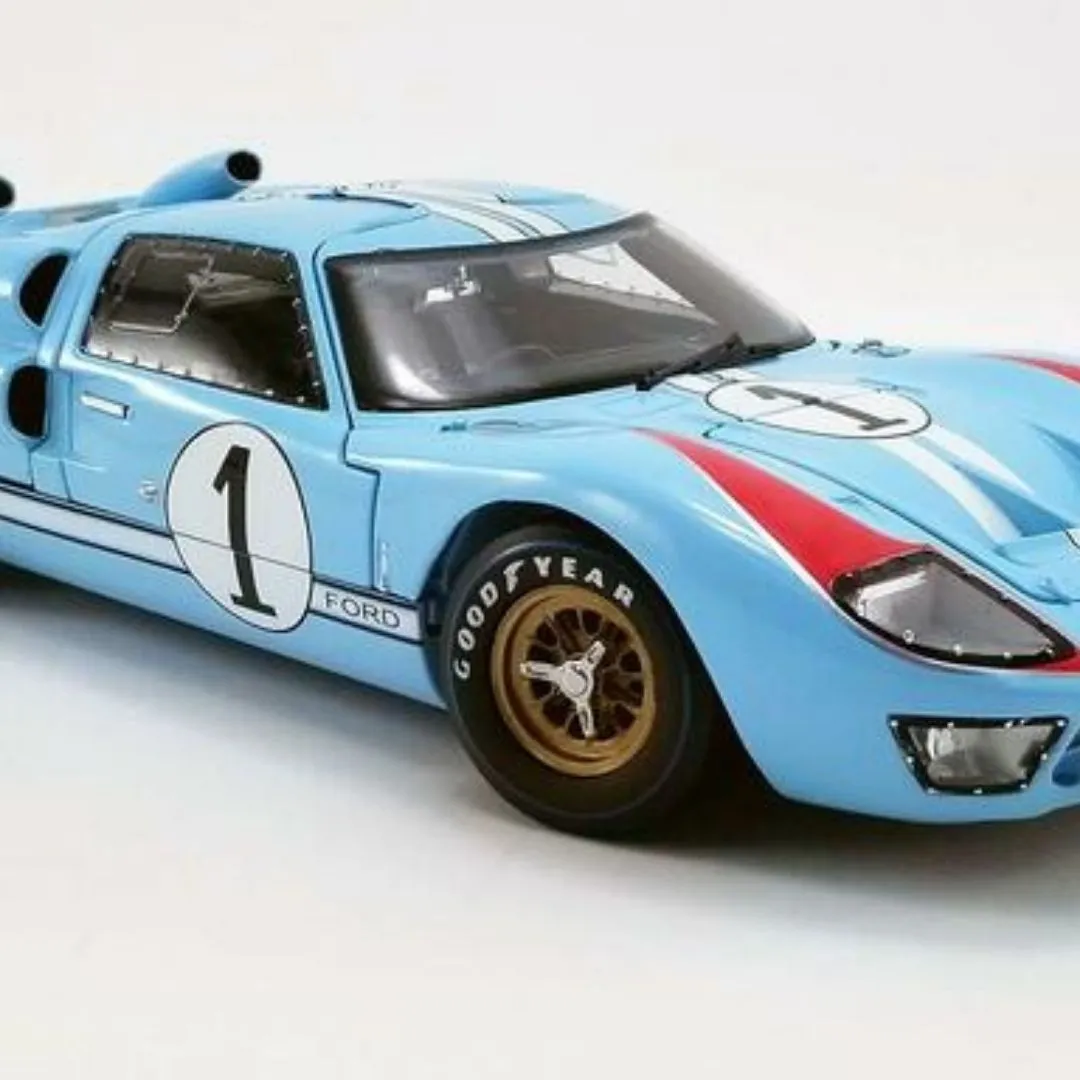
Determining the value of diecast cars requires considering several key factors. Rarity is a major determinant; limited edition models and those produced in small quantities often command higher prices. The condition of the car is crucial; models in mint condition, with original packaging, are typically more valuable. The manufacturer and the model’s historical significance also play a role, with models from well-known brands or iconic vehicles often being highly sought-after. Researching prices online, checking auction results, and consulting price guides are useful ways to gauge the value of your cars. The demand for specific models within the collecting community is another factor; popular models with a strong collector base tend to be worth more. Consider the presence of any special features, such as opening parts or detailed engines, that could increase a model’s value. Thoroughly inspect your cars for any defects or damage, as this can significantly affect the value. By understanding these factors, collectors can accurately assess the worth of their diecast cars.
Caring for Your Diecast Cars
Proper care is essential for preserving the value and appearance of your diecast cars. Dusting your models regularly with a soft brush or cloth prevents the buildup of dust and grime. Avoid direct sunlight, as this can fade the paint and damage the materials. Store your cars in a cool, dry place, away from extreme temperatures and humidity. Consider using display cases to protect your cars from dust and physical damage. When handling your cars, do so with clean hands to avoid transferring oils or dirt. Avoid touching the paint directly, as this can leave fingerprints or scratches. Regularly inspect your cars for any signs of damage or deterioration, addressing issues promptly. Avoid using harsh cleaning products, opting instead for a mild soap solution if needed. By following these care tips, you can ensure your diecast cars remain in excellent condition for years to come.
80 Facts about Diecast Cars
Fun Fact 1 to 20
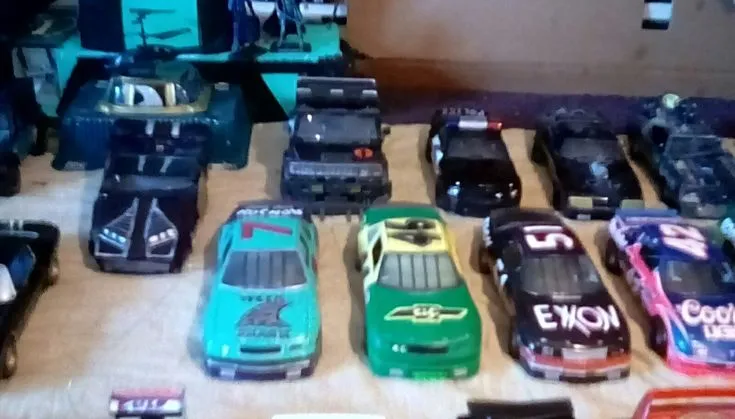
- The first diecast cars were made of lead. 2. Dinky Toys was a pioneer in diecast production. 3. Corgi Toys introduced opening doors and windows. 4. Matchbox cars were designed to fit in a matchbox. 5. Diecast cars come in various scales. 6. The most popular scale is 1:18. 7. Zinc alloy is a common diecast material. 8. Diecast cars were popular during World War II. 9. Many diecast cars feature detailed interiors. 10. Some diecast cars have working suspension. 11. Diecast cars can have rubber tires. 12. The paint on diecast cars is often high-quality. 13. Limited-edition models are highly sought after. 14. Diecast car collecting is a global hobby. 15. Some collectors focus on specific brands. 16. Classic cars are popular collecting themes. 17. Modern supercars are also popular. 18. Diecast trucks and buses are also collected. 19. Military vehicles are available in diecast. 20. Diecast airplanes and motorcycles exist.
Fun Fact 21 to 40
- Diecast cars often come with detailed engine replicas. 22. Collectors often store their cars in display cases. 23. The condition of a car affects its value. 24. Original packaging increases a car’s value. 25. Diecast cars were once simple toys. 26. The details have improved over time. 27. Diecast car prices vary widely. 28. Rare models can be very expensive. 29. Toy shows are a source for collectors. 30. Online marketplaces offer many choices. 31. The Golden Age was in the mid-20th century. 32. Some cars have opening hoods and trunks. 33. Detailed chassis are available. 34. Miniature versions of iconic vehicles are made. 35. Model railroad enthusiasts use diecast cars. 36. Diecast cars can be customized. 37. Customizing increases value in some cases. 38. Diecast cars represent historical accuracy. 39. Many have working steering wheels. 40. The oldest diecast brands are still around today.
Fun Fact 41 to 60
- Many diecast cars have functioning lights. 42. High-end models use real leather. 43. Some models use metal parts. 44. Detailed interiors are present in some models. 45. Diecast cars are a great investment. 46. Some collectors focus on specific scales. 47. Restoring diecast cars is a hobby. 48. Paint variations can increase value. 49. Box art can impact value. 50. Some cars have detailed undercarriages. 51. Rare colors can raise value. 52. Some models include accessories. 53. Limited production runs boost prices. 54. Weathering techniques add realism. 55. There are clubs for diecast collectors. 56. Online forums are sources of info. 57. Diecast models are great gifts. 58. Some collectors focus on race cars. 59. Many car manufacturers release diecast. 60. Diecast car collecting is stress-relieving.
Fun Fact 61 to 80
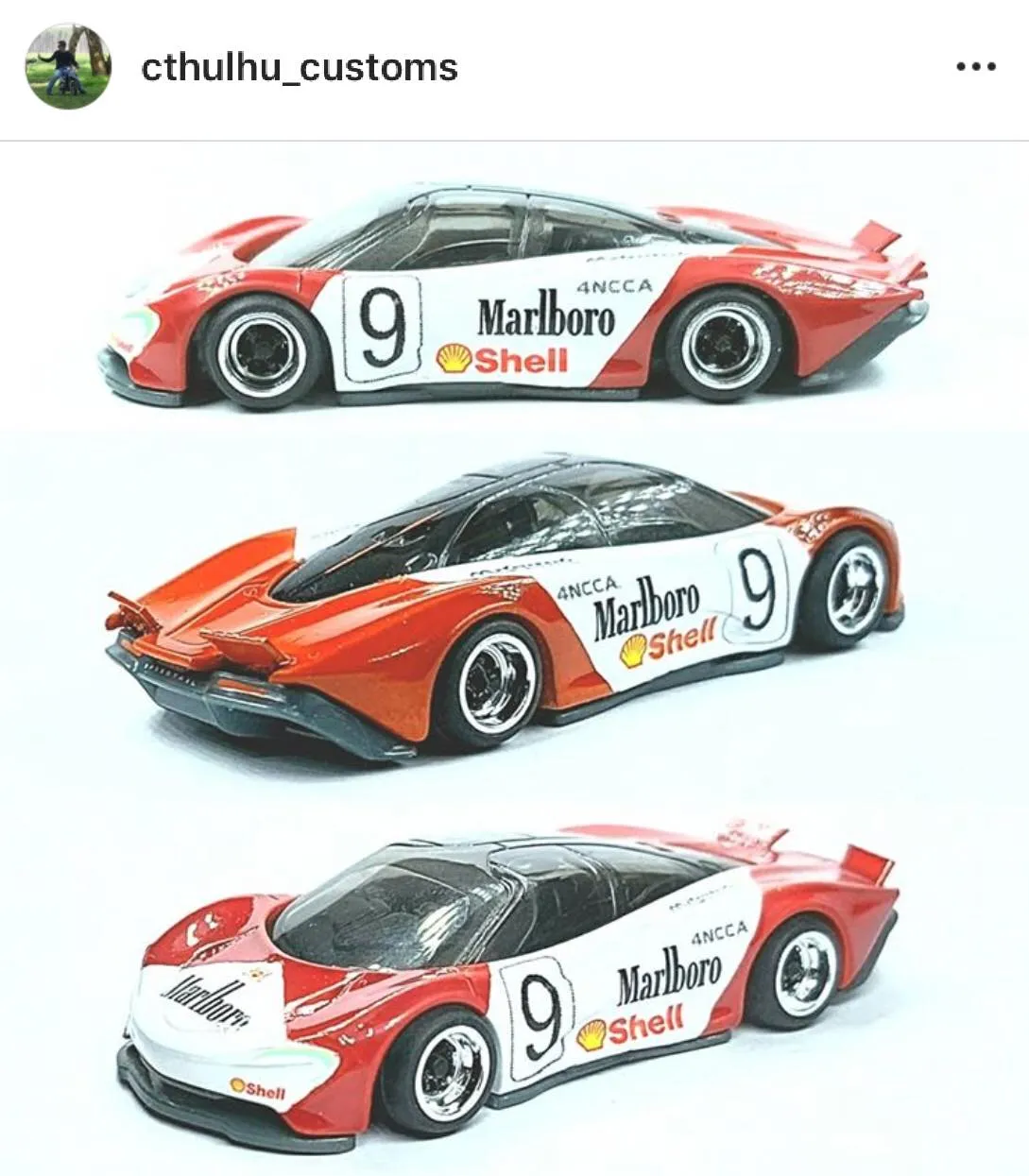
- Diecast cars can be used in dioramas. 62. Resin models offer high detail. 63. Some diecast cars have working wipers. 64. Some cars feature moving seats. 65. Some can be disassembled. 66. Diecast cars can be insured. 67. Limited editions are numbered. 68. Certain models feature sound effects. 69. Some models have special features. 70. There are diecast of construction equipment. 71. Some cars have real fabric interiors. 72. Diecast aircraft models are available. 73. Motorcycles are available in diecast. 74. Prices fluctuate based on popularity. 75. Some are made in multiple countries. 76. Some are made by premium brands. 77. Scale model kits exist. 78. Restored cars can be valuable. 79. Diecast car manufacturing is complex. 80. Diecast cars are a fun hobby for everyone.
The Future of Diecast Cars
The future of diecast cars is bright, with ongoing innovations and a growing collector base. Advancements in 3D printing are opening new possibilities for detailed and customized models. Increased focus on eco-friendly materials and sustainable manufacturing processes is expected. The integration of technology, such as LED lights and sound effects, enhances realism. Collaboration between diecast manufacturers and major car brands continues to grow, leading to more accurate and detailed replicas. The online community will likely expand, with virtual collecting experiences and digital models potentially emerging. Overall, the diecast car industry is expected to continue to evolve, offering new and exciting opportunities for collectors and enthusiasts of all ages.
Innovations in Diecast Technology
Diecast car technology is continuously evolving to meet the demands of collectors and enthusiasts. One significant innovation is the increasing use of 3D printing technology, enabling the creation of highly detailed and customized models. This allows for greater precision and more intricate designs, including features that were previously difficult or impossible to achieve. The use of more advanced materials, such as high-quality resins, is also improving the level of detail and realism. The integration of technology, such as LED lights, working suspensions, and sound effects, enhances the overall experience, making the models more engaging and interactive. Furthermore, manufacturers are increasingly focused on eco-friendly production methods and sustainable materials. These advancements are helping to make diecast cars more detailed, realistic, and environmentally responsible.
The Diecast Car Community
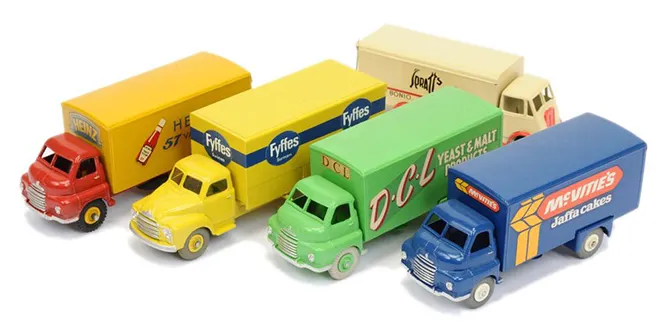
The diecast car community is a vibrant and passionate group of enthusiasts united by a shared love of miniature vehicles. This global community includes collectors, restorers, and casual fans. Online forums and social media platforms provide spaces for collectors to connect, share information, and showcase their collections. Diecast car clubs and events offer opportunities for in-person interactions, trading models, and attending conventions. The community’s dedication to the hobby contributes to its longevity and growth. The sharing of knowledge, the exchange of models, and the collective appreciation for the craftsmanship and history of diecast cars create a strong sense of belonging. The community is also instrumental in preserving the value of models and promoting the hobby to a wider audience. Through their shared passion, the diecast car community ensures that this hobby will continue to thrive for many years to come.
